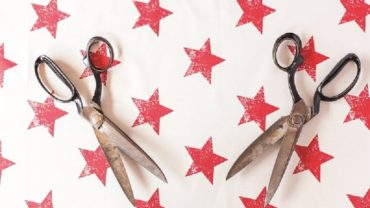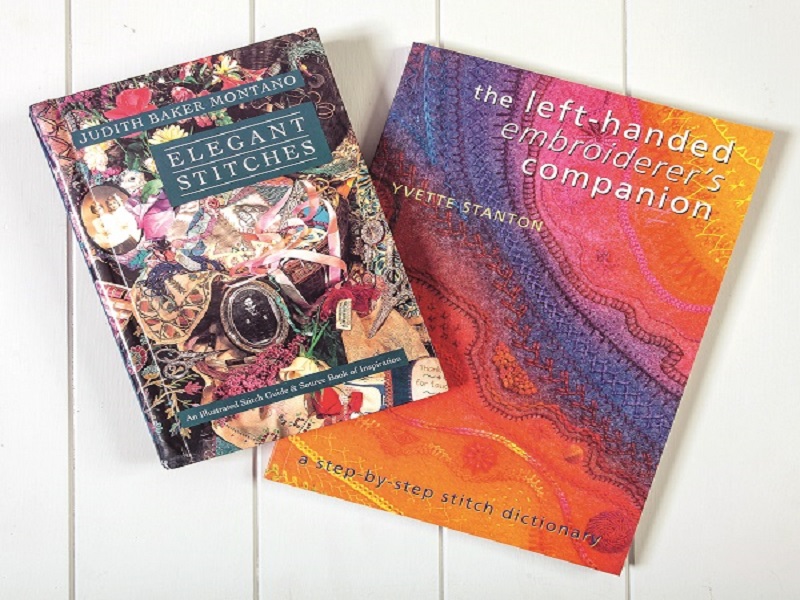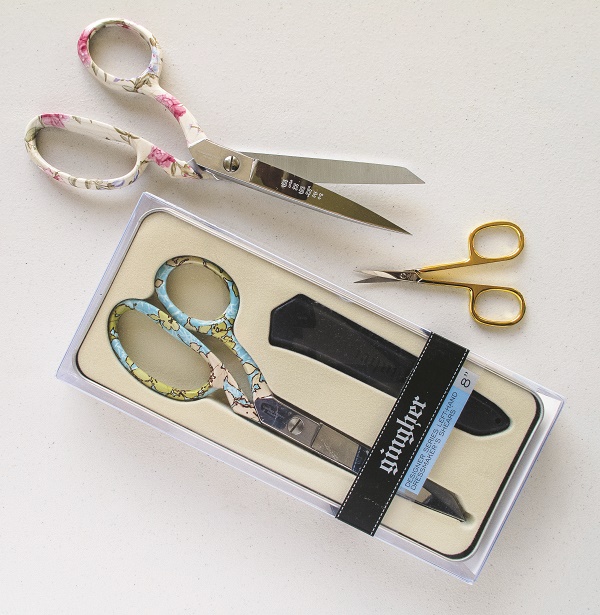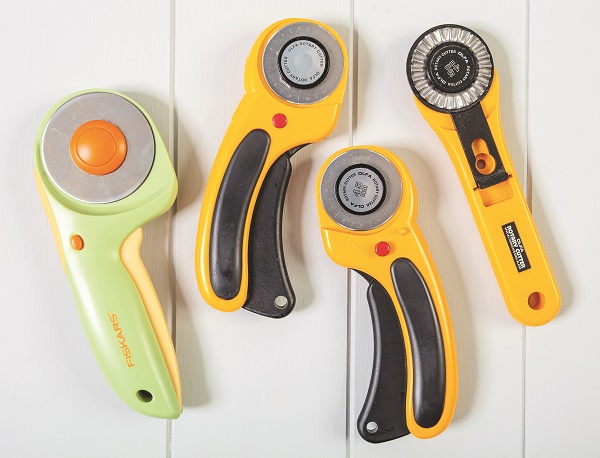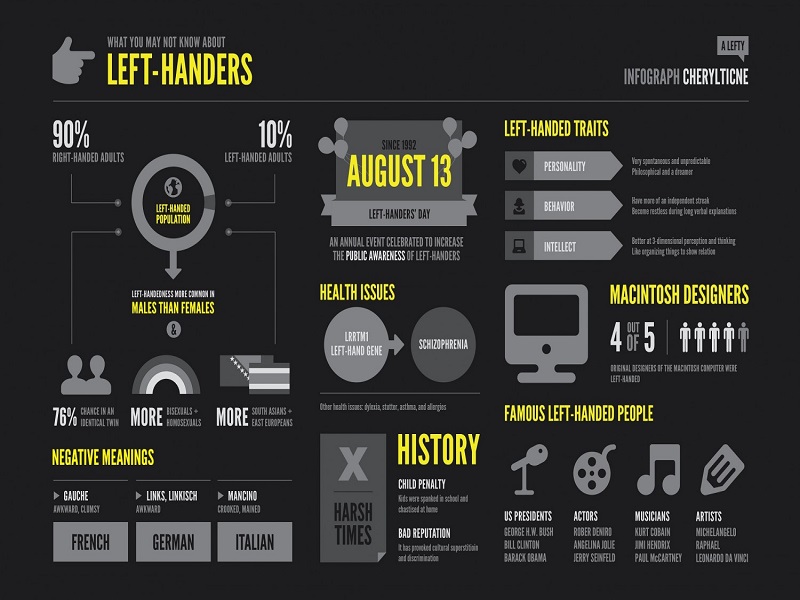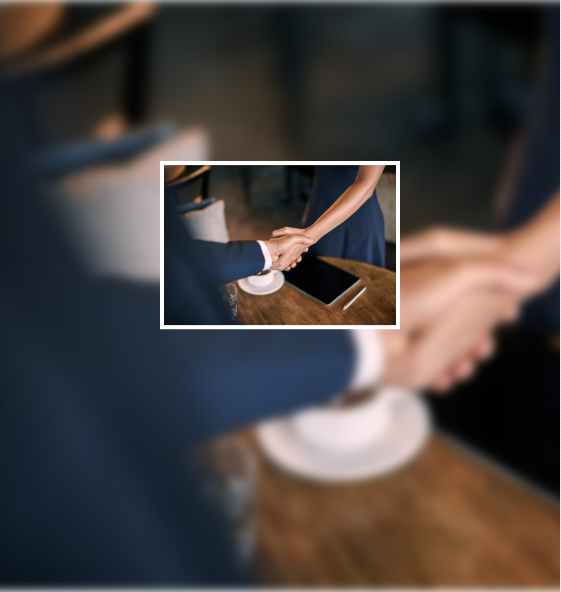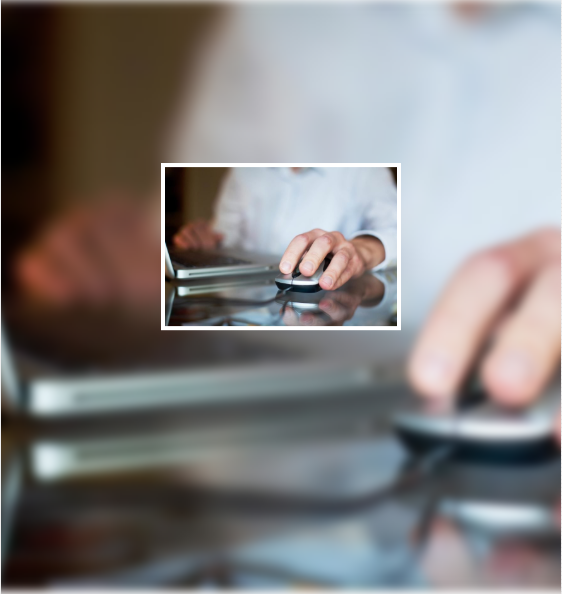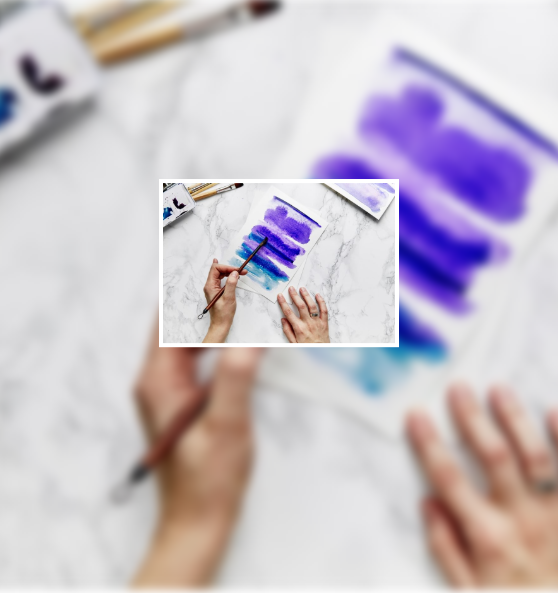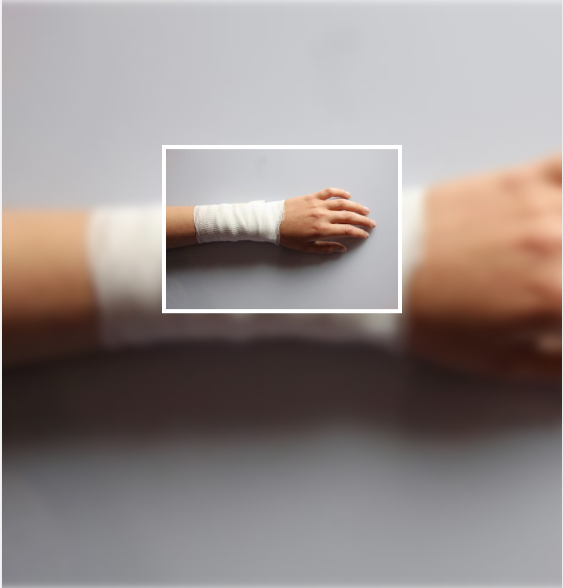via Cosy Project: Between 10 and 15 per cent of the population is left-handed, and most tools, utensils and other industrial and household items are designed to suit right-handed users. We can’t help with kettles and power drills, but read on to find out how to embroider, sew, knit, crochet, cut and iron as a left-handed crafting guru.
Some stitches are worked the same with either hand: detached chain (lazy daisy) stitch, glove stitch, feather stitch and some others that are worked in vertical lines. Many stitches are simply flipped 180 degrees: a leftie begins lines of running stitch, backstitch or chain stitch at the left end of the line instead of the right. Stitches worked the other way, such as herringbone and blanket stitch, are worked right to left instead of left to right.
There might not be left-handed needles, but the twist in some threads determines how they should be worked, meaning that left-handers can’t simply mirror-reverse all the stitch diagrams. A few stitches even work better turned 90 degrees from the right-handed instructions — it’s complicated, isn’t it?
Embroidery guide for left-handers
Previous generations of lefties were just told to turn the book upside down, but this was simplistic and encouraged a clumsy, inefficient stitching action. Fortunately, there’s now some expert help available to guide them through the myriad embroidery stitches used in surface stitchery, counted thread and other styles of embroidery.
The Left-Handed Embroiderer’s Companion (2010) by Yvette Stanton is a comprehensive manual, depicting the stitches step by step in clear diagrams as well as in photographs with a brief description of the right-handed versions for reference. (She’s also published an equivalent book for right-handers – both are highly recommended. They are available from craft book stores or directly from Yvette.)
Judith Baker-Montano’s 1995 title, Elegant Stitches, has a chapter on left-handed stitches. She covers a good range of basic embroidery stitches with a particular emphasis on silk ribbon. The book is widely available in hardback and as an e-book.
Sewing
There are no left-handed sewing machines as such, but some are more user-friendly than others. Manipulating complicated controls or overly detailed touch screens can be difficult with your non-dominant hand or clumsy if you try to work across your body with your left hand. When you are shopping for a new machine, spend plenty of time trying out the controls on several different makes and models before making a decision.
Are sewing machines left-handed? It’s certainly true that some current industrial models as well as many early sewing machines require the needle to be threaded left to right and the bobbin to be loaded from the left. We haven’t been able to verify the reason for this, but it’s believed that one of the inventors of the sewing machine, Elias Howe, was himself a left-hander.
Knitting and crochet
Both hands play important roles in knitting, so many left-handers simply knit right-handed. It might also be because they were taught by their right-handed mothers or grandmothers. These days, you can view Youtube videos of nearly anything you want to learn, including excellent tuition in left-handed traditional and continental knitting styles.
Crochet is very different. It requires quite complicated manipulation of the hook with the working stitch and yarn while the non-working hand merely holds the yarn taut and supports the work. Ideally for crochet, one should learn from (and teach) a person of the same lateral dominance. Failing that, Youtube provides detailed step-by-step guidance. The low-tech alternative is to observe a right-hander crocheting in a mirror.
Cutting
Scissors
True left-handed scissors have the blades arranged differently from right-handed and ambidextrous scissors. Many scissors that are marketed as left-handed merely have the handles shaped accordingly, but the blades are arranged as for right-handed scissors. So-called ambidextrous scissors have neutral shaping on the handles with right-handed blades.
The main advantage of true left-handed scissors is that lefties can see the line they are cutting along. The upper blade of right-handed scissors conceals the line when they are used in the left hand, making for messy or inaccurate cutting. In addition, the action of left-handed blades is quite different from right-handed blades in your hand and if you’ve always used the latter, it might be quite hard to adapt. If you’ve got a left-handed child or grandchild, supply them with true left-handed scissors from their very first pair – their cutting will be better because they can see where they are going and the action will be more ergonomic for them.
True left-handed dressmaker’s scissors, embroidery and other specialist scissors, including ones for children, are available from scissor suppliers, but probably not from your local craft shop, nor in the broad range of styles, brands and colours available to right-handers.
Rotary cutters
Many rotary cutters are symmetrical and work equally well in either hand while others are shaped to work in one hand only. Some of these, such as the Olfa deluxe and Fiskars models, are easily reassembled for left-handed use while the Martelli ergo cutters come in right- and left-handed versions. Of course, left-handers also need to arrange the fabric and ruler on their cutting board in reverse of right-handers — something to keep in mind if you are working from a photographic tutorial or in a class with a right-handed teacher.
Ergonomics
When you are setting up the various workstations in your craft room, think about the way you do things when arranging the relevant components. For example, position task lighting on your right when you are embroidering or quilting so you are not working in your own shadow.
Set up the ironing board to the left of the sewing machine for pressing patchwork seams as you go. If you are fitting out a studio from scratch, even the location of power outlets and switches can be optimised. If you work with pencils or paints and paper at the design stage, position the paper to the right of the equipment so you aren’t reaching across your work to pick up the eraser or wash a brush.
If you work digitally, you’d have the Wacom drawing tablet to the left of the keyboard. Many lefties also convert their mouse to work in their dominant hand. You can lessen the inconvenience and irritation of right-handed equipment with thoughtful planning and design.
Ironing
These days, most irons have the cord anchored at the centre, not at one side. Left-handers should avoid irons with side-mounted cords as they always get in the way and flex sharply, causing them to break down quickly. That said, it doesn’t mean that most irons suit either hand equally well. Like kettles, they may only have a water window on one side and the controls may favour right-handers too.
A basic ironing board is a symmetrical shape and can be turned either way, but most models with iron stands, cord holders or shaped legs are only suited to right-handers. The lever for collapsing the board or adjusting the height is also inconveniently located for a leftie. In a household of both dexterities, the ironing-board set-up can be a source of conflict. If you have the space, position the board at 90 degrees to the wall so that a user can stand at either side.
If you are considering the purchase of an ironing system (comprising a powerful steam-iron head connected to a boiler mounted in the board framework), examine it very carefully from a left-handed perspective before buying.


